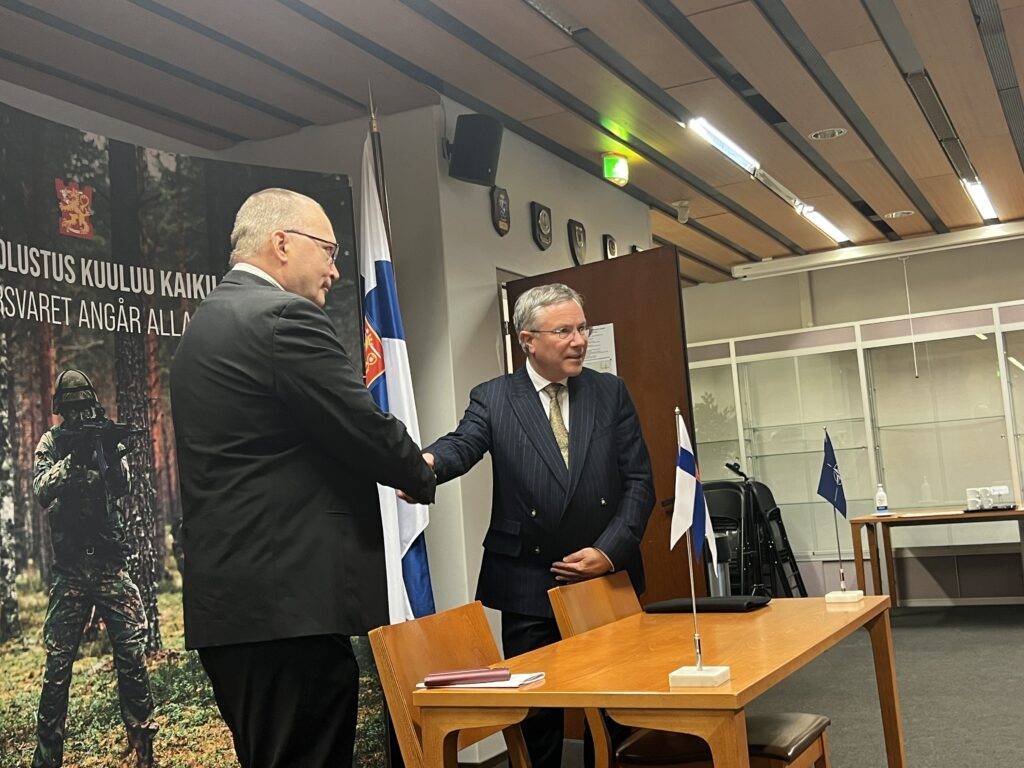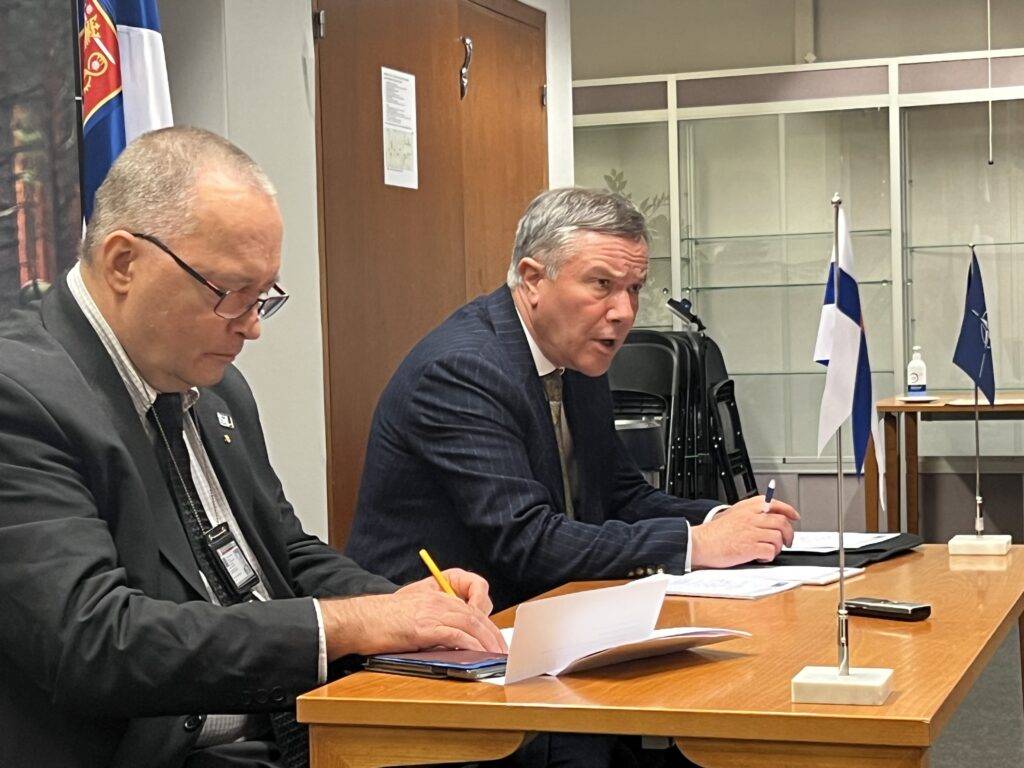Armed forces need to evolve like science, continuously. We are constantly reassessing, Bryan Wells, the Chief Scientist at NATO reminded in Helsinki. NATO has 400 scientific projects underway with a global network of about 5000 scientists.
”From a scientific and technical perspective, a key lesson learned from the Russian-Ukrainian war is the range of capabilities that we’ve seen used,” Bryan Wells, the Chief Scientist at NATO reminded when visiting in Helsinki in mid September 2023. He was attending the Science & Technology Board conference of Nato Science & Technology Organization.
New technologies do no replace the old
It’s everything from drones and precision guided missiles, through to main battle tanks and landmines. That brings some important science and technical lessons, Wells said. ”First of all, we as a scientific community in the defence, the security sector, need to maintain the full range of science and technology,” he reminded.
According to Wells, we talk a great deal about new, emerging and disruptive technologies. NATO needs to maintain its technological edge. ”But these new technologies have not replaced the more traditional technologies. Rather they have added to it that means,” he said.
”I do believe that the NATO science and technology organization is up to this task.”

Global network of scientists
NATO has a global network of about 5000 scientists. They work together on 400 different scientific projects, covering the full range of science. They are providing a full spectrum of scientific support for the military today – and the future. Finland, a fresh NATO member, already contributes and collaborates in some 60 projects. Finland has been a member of the Science and Technology Board already since 2015. Next year, Finland will be leading a specific piece of work on the science and technology that supports resilience.
The researchers are constantly reassessing their work in order to satisfy the needs of ever evolving NATO armed forces. ”Science itself evolves, so we must respond as a scientific community,” Wells pondered.

More digital, interconnected and intelligent
There are some common trends in the NATO military capabilities, when looking at new technologies in general. Emerging and disruptive technologies are becoming more digital. ”They’re becoming more distributed, more interconnected and intelligent,” Bryan Wells said. ”They will increasingly use artificial intelligence and big data for their decision making,” he continued. ””We’ll see them communicating with each other using encryption methods and ever more effective precision munitions for digital angles of new capabilities,” Wells revealed.
In the next 20 years, we will be looking at an increasing number of implications and applications of artificial intelligence ns a mature technology, like a synthetic biology revolution.”It’s very important for NATO to ensure that it’s used ethically,” Wells remarked. Synthetic biology can be really personalized medicine.”It’s easy to see in the field of human medicine that that could be misused. Technologies bring opportunities and risks.”



